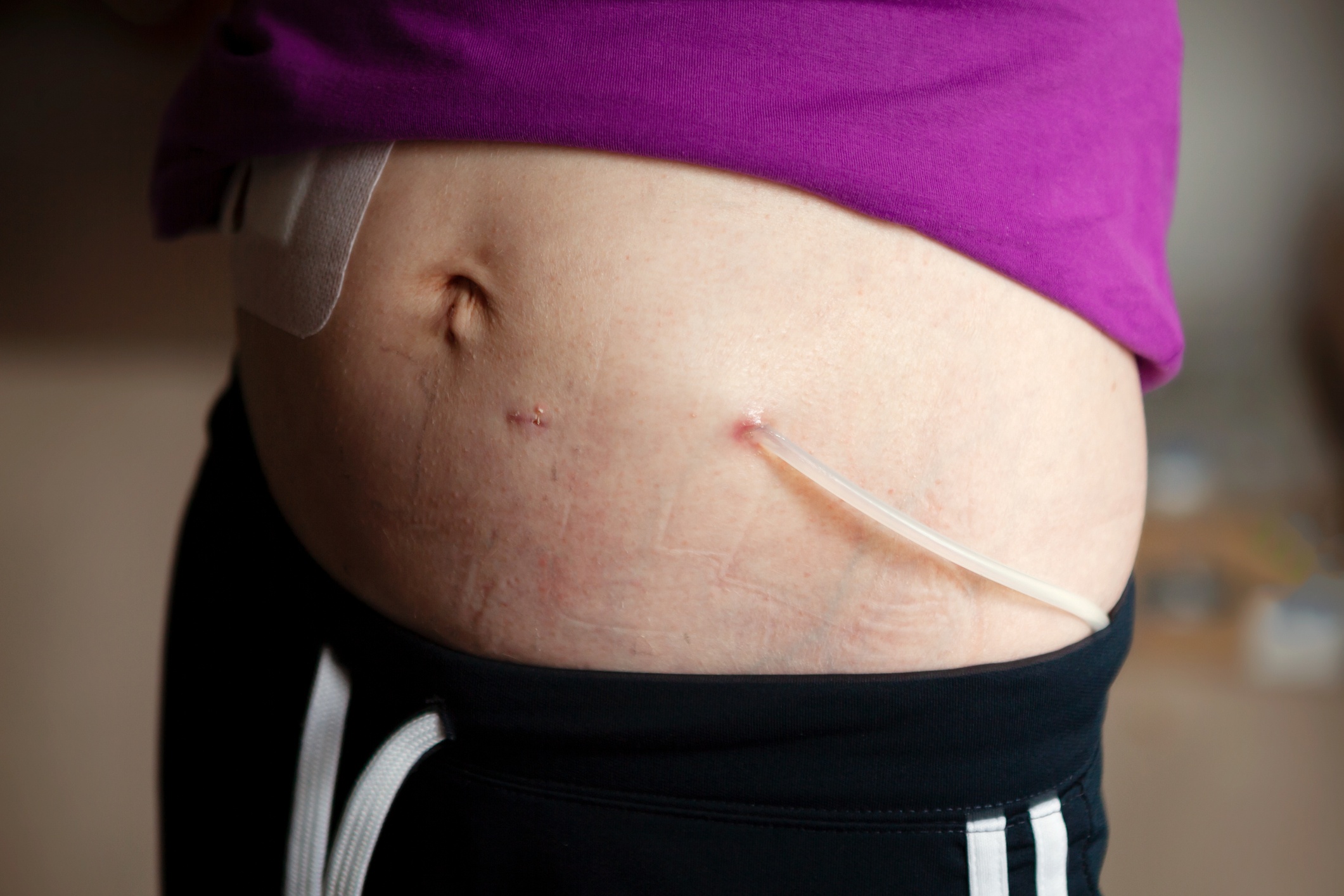
As nephrology continues to advance, so must the methods for managing dialysis patients. One area ripe for innovation is the transition from peritoneal dialysis (PD) to home hemodialysis (HHD).
The Case for Home Hemodialysis
While peritoneal dialysis can serve patients well in the early stages, many patients require a transition to another form of therapy as their condition progresses. Home hemodialysis offers numerous benefits, including improved patient outcomes, greater flexibility, and better alignment with patient lifestyles.
Despite these advantages, the shift to HHD remains underutilized. Data from the United States Renal Data System indicates that nearly half of all PD patients transition off therapy within three years. This transition is not a failure, but an inherent part of PD and a patient’s evolving needs. Unfortunately, through late recognition and/or acknowledgment of the need to transition, the current system inadvertently funnels these patients into in-center hemodialysis, often without presenting HHD as an option.
Addressing Myths and Misconceptions
A significant barrier to the wider adoption of HHD after PD is the persistence of outdated myths. Misconceptions about the complexity of the therapy, the need for extensive caregiver support, and the suitability of patients can bias nephrologists, nurses, and clinical care teams from offering HHD to patients who need to transition off PD.
The belief that only certain types of patients—such as those with a high level of education, a dedicated support system, and a large home—can manage HHD are no longer validated by real-world data. Modern technology and improved training programs have addressed these issues, making HHD a viable option for a broader range of patients. Advances such as simplified dialysis machines and improved infection control techniques have reduced barriers to training and the burden of therapy, thereby broadening the population of patients who can successfully manage HHD.
Leveraging Technology for a Seamless Transition
The role of technology in simplifying the transition cannot be overstated. Options such as the Outset Medical Tablo® Hemodialysis System, designed for ease of use across the care continuum, exemplify how innovation is making HHD more accessible.
These technologies offer automation, electronic medical record connectivity, and enhanced safety features, reducing the burden and apprehension for patients and health care professionals. Innovative systems designed through extensive human factors testing focus on ease of use, making them less intimidating for patients and care partners alike.
Real-World Success
Success in transitioning to HHD is not just theoretical. Partnerships with hospitals and health care organizations demonstrate that, with the proper support and infrastructure, patients can successfully transition from PD to HHD without needing an in-center setting. For example, some health care systems have developed direct-to-home programs where patients are identified during hospital stays, educated about HHD, and trained directly at home.
Overcoming Logistical Challenges
Logistics often pose the most significant challenge in transitioning patients to HHD. Key areas for improvement include increasing access to home dialysis programs as well as overcoming health care and dialysis provider inertia that defaults patients to in-center care. It is crucial to address the limited availability of home hemodialysis programs. Currently, in the United States, only about 30% of dialysis facilities list HHD as an option, and many do not actively have a patient on the therapy.
Another challenge is the inadequate training of nephrologists in home therapies, which can result in missed opportunities due to a lack of experience in how to effectively transition patients. It is essential that nephrologists be informed equally on all modalities to establish clear pathways that prioritize home care over in-center options when appropriate for patients. By identifying patients who would benefit from HHD early, health care providers can help avoid complications and hospitalizations that often accompany last-minute transitions.
Evolution of Kidney Care
The transition from peritoneal to home hemodialysis represents a crucial step in the evolution of nephrology care. By dispelling myths, leveraging technology, addressing logistical challenges, and improving the education of health care providers, smoother, more effective transitions for patients can be achieved.
The future of nephrology lies in innovative solutions that prioritize patient needs and lifestyles. As these transitions become more commonplace, it will be essential for health care systems to continue refining their approaches to ensure that every patient has access to the most appropriate, patient-centered care.
Michael Aragon, MD, is board certified in internal medicine and nephrology. He is the chief medical officer at Outset Medical, where he leads clinical strategy and medical education initiatives to advance patient-centered care in dialysis. His clinical research has been focused on human factors and the expansion of dialysis options for patients with renal disease.







 © 2025 Mashup Media, LLC, a Formedics Property. All Rights Reserved.
© 2025 Mashup Media, LLC, a Formedics Property. All Rights Reserved.